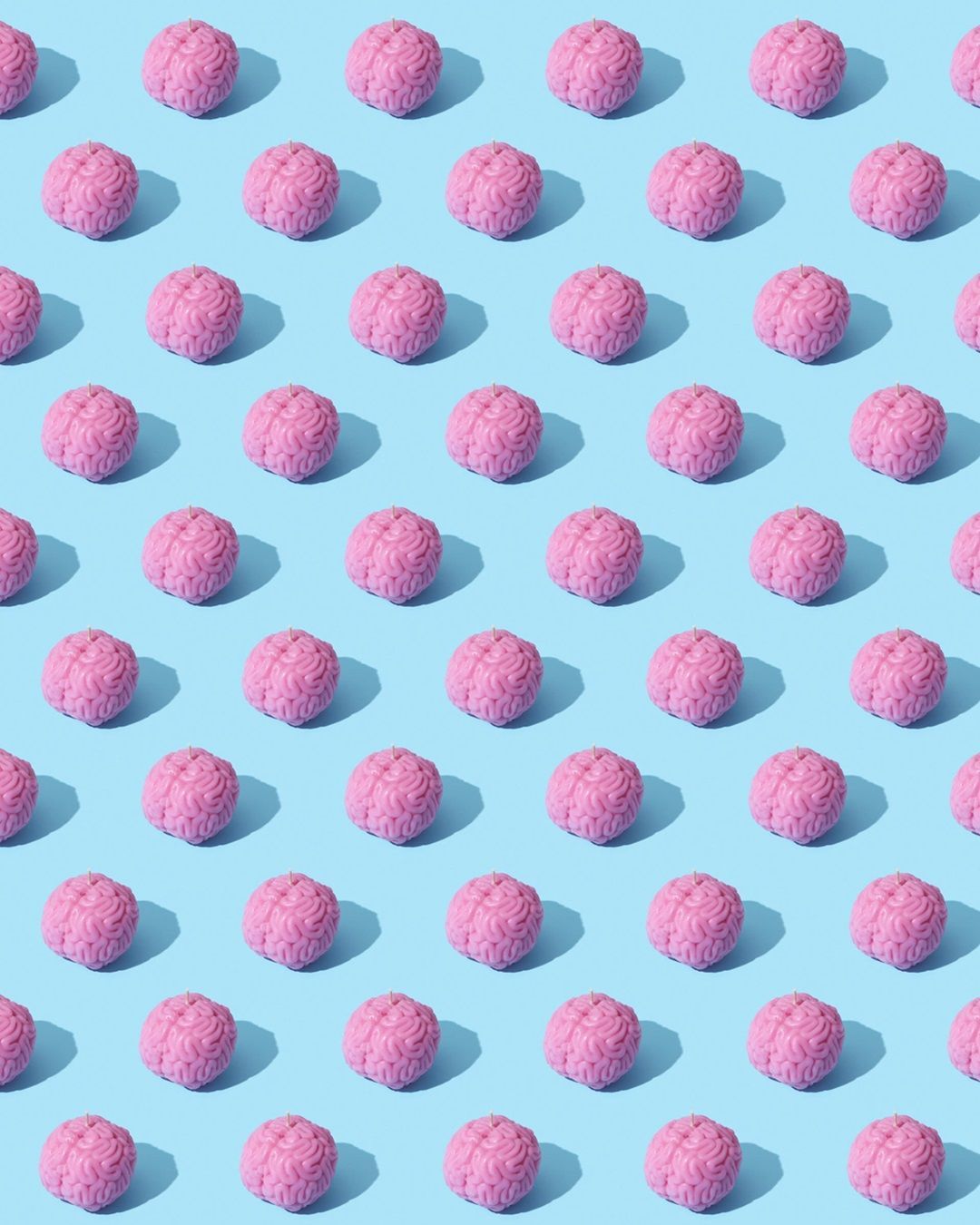
The effects of january on our brain No, you're not the only ones who find it hard to get going in the first month of the year
When I was in high school, I would have preferred to watch The Battleship Potemkin on loop in its original language rather than getting up early in the morning. Especially in winter. The idea of leaving the comforting warmth of my bed to ride my bike, face the freezing Padanian countryside, and arrive half-frozen at my desk seemed like unnecessary and unbearable torture. Many years later, things haven't changed. When temperatures drop, daylight hours shorten, and the Christmas festivities become a distant memory, I start to struggle toward a kind of hibernation that slowly transforms into a gradual rebirth towards spring. "It was nice to see the green return and the dormice wake up/It was nice to know that after winter, the desire returns to you too," foresaw the TARM. It may seem trivial, but for many people, seasonal changes can influence mood.
Can seasons really affect how our brain functions?
We know that animals adapt to seasons. During winter, some migrate, hibernate, change the color of their fur, and some mammals also change the brain. A similar thing happens in humans. In 2016, researchers from the University of Liege, Belgium, assessed how brain function changes throughout the year and across seasons. Participants were confined to a laboratory for four and a half days. They slept eight hours in a completely dark room, then were sleep-deprived for 48 hours in a soundproof room with dim light and no way to tell the time of day. After a 12-hour sleep window, they were assigned two cognitive tasks, one to test attention and one for memory. Researchers then analyzed the functional magnetic resonance imaging readings of their brains, discovering that our brain functions differently depending on the season. Brain responses related to tasks requiring prolonged attention peaked around the summer solstice and significantly decreased around the winter solstice. Memory-related activity, on the other hand, peaked in the fall and decreased around the spring equinox at the end of March. In particular, researchers observed significant annual variations in the thalamus and amygdala, parts of the brain involved in vigilance, the hippocampus, and frontal areas. According to experts, the study's results suggest "that our brain has different resources available during different seasons, or it must use different methods to complete the same task in different seasons."
Blue Monday doesn't exist. Winter Blues does
Perhaps Blue Monday, the third Monday of January considered the most depressing day of the year, is just a marketing gimmick without any scientific basis, but many experience a general sense of lethargy, mental fog, numbness, sadness, fatigue, and lethargy in January, as if moving in slow motion. There are no resolutions, positive horoscopes for 2024, or vision boards capable of healing the disconnection felt during this time of year between the desire to become the better version of ourselves and the (missing) motivation to put this intention into practice. All many of us want to do is curl up in a fetal position under the covers, waiting for better (not just weather) times. Some call this feeling Winter Blues, but in psychology, it is known as Seasonal Affective Disorder (SAD).
@pazienti In inverno noti un cambiamento dell'umore? La Dr.ssa Maria Rostagno, Psicologa, ci spiega perché succede e a quale disturbo potrebbe essere legato questo fenomeno: guarda il reel per scoprire di più sul Disturbo Affettivo Stagionale. #DisturboAffettivoStagionale #Depressione #Psicologia #Tristezza #Inverno slow piano music(1297827) - syummacha
What is SAD or Seasonal Affective Disorder?
First described in 1984 in the JAMA Psychiatry journal by South African psychiatrist Norman Rosenthal and included in the 1986 Diagnostic and Statistical Manual of Mental Disorders, SAD is estimated to affect about 10% of the population in the Northern Hemisphere, with a higher incidence in females. Classified as "a form of recurrent major depression that recurs every year during a specific season" (there is also a summer version), it is a complex and multifactorial disorder characterized by the persistence of negative emotions, irritability or mood swings, changes in appetite such as a constant craving for carbohydrates, excessive sleep, and a sense of fatigue.
The importance of light exposure for the brain
It is believed that one of the major causes may be a malfunction of the circadian rhythm, our "internal clock," which relies on daylight to control many physiological processes, from the feeling of hunger to that of sleep and fatigue. When the light-dark cycle is disrupted, our brain and body feel the impact. Exposure to sunlight is known to trigger the release of serotonin in the brain, a neurotransmitter that contributes to creating feelings of well-being and improving mood. In winter, with the decrease in natural sunlight levels, our bodies end up producing less of it. When serotonin levels are low, our brain metabolizes its supply more quickly, resulting in an imbalance of chemicals inside the brain that can make it difficult to regulate our emotions, leading to higher levels of anxiety and depression in some cases. Additionally, longer periods of darkness in winter can increase the production of melatonin, the hormone that regulates sleep, making us feel more lethargic.
Cultural factor
Besides an excessive production of melatonin, serotonin scarcity, and hypothalamus dysfunction, among other causes of SAD, there may be an alteration in vitamin D, also secreted by the body when the skin is exposed to sunlight. And what if it's not SAD? To know for sure, one should consult a doctor, but if our issue is not a genuine mental health problem, we might simply be "victims" of winter-related biases. While many reflect the innate biological responses of our bodies to changes in weather conditions, some effects we perceive may be unconsciously amplified by the dominant narrative of this season, often seen as gloomy, lonely, cramped, depressing, and challenging to overcome. So, perhaps in January and other cold months, we feel slowed down, sad, negative, demotivated, and everything seems more complicated, but it's not winter's fault. It could depend on what is happening in our lives, physiological and mental factors, and even cultural influences.
























































